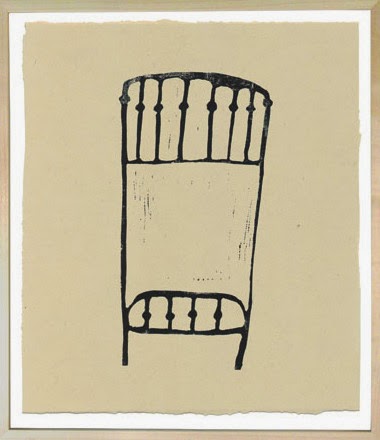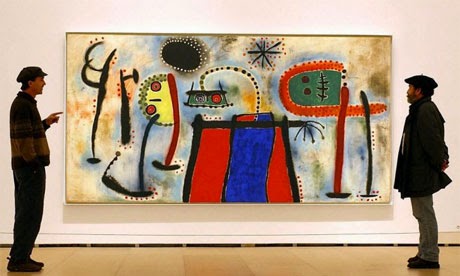Check out these simply genuine drawings by British illustrator,
Hugo Guinness
Artist + Writer
b. 1959 London

ABOUT
Hugo's earliest memories are of walking hand in hand with his twin sister Julia and his nanny Miss Lyons. They walked in the magical parks of Kensington, London, most days, looking at the trees, the dogs, the old ladies feeding the pigeons.Sent to boarding school at the tender age of seven, Hugo spent much of his spare time in the art department making figures from empty toilet rolls and cornflake packets. Later he made a large three-legged horse from plaster of Paris which stood in the garage of his home until it was run over by his mother.Although he won a painting prize at school, his artistic nature was not encouraged. Eventually he prevailed upon his parents and went to art school in London to study studio pottery. The success of this business brought Hugo to New York in 1995.In 2002, Hugo showed his early linocuts of underpants and battleships to John Derian. They became friends and John encouraged Hugo to do larger work.He has had four shows at the legendary store since then and when he is not working for John, Hugo works as an occasional illustrator for the New Yorker. Hugo lives in Brooklyn with his wife Elliot Puckette, the painter, and they have two daughters, Isabella and Violet, and a canary.
special thanks to
SWEET LITTLE 1 minute VIDEO***
I found this set of cards while on vacation last month discovering Hugo's work^^^
(Note cards from Chronicle Books) VEry CooL****
_________________________________________________________________________________
you just saw the brilliant works of :
Hugo Guinness











































































